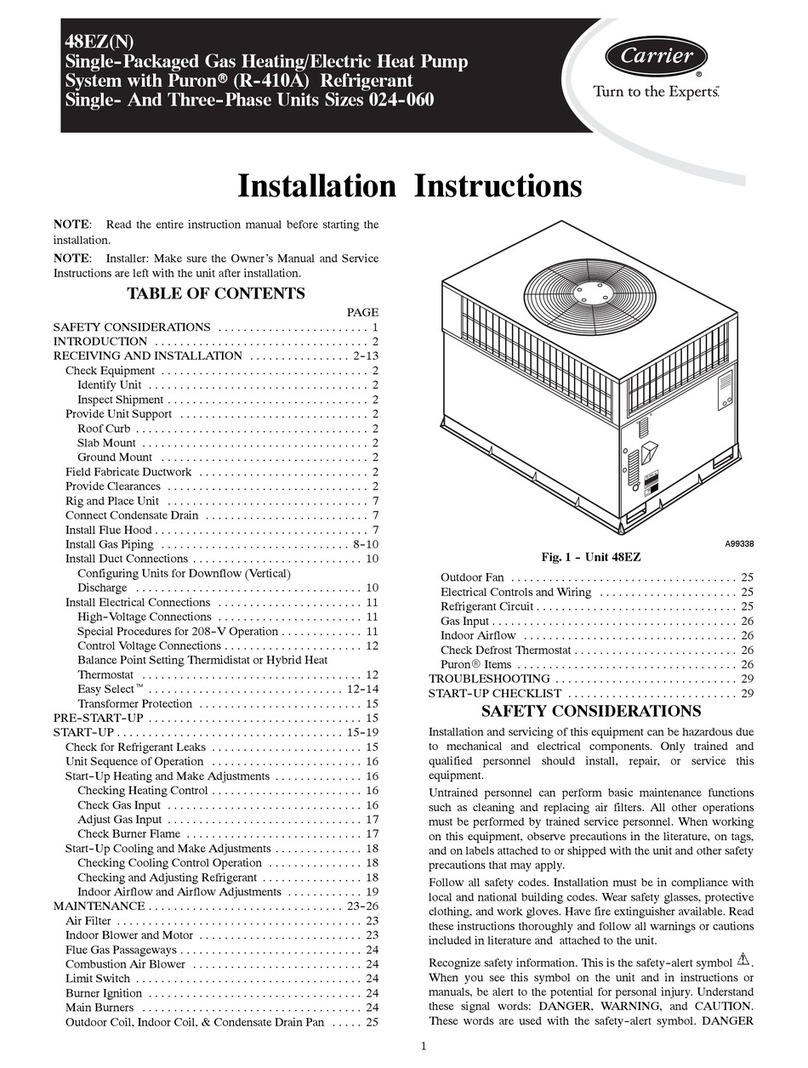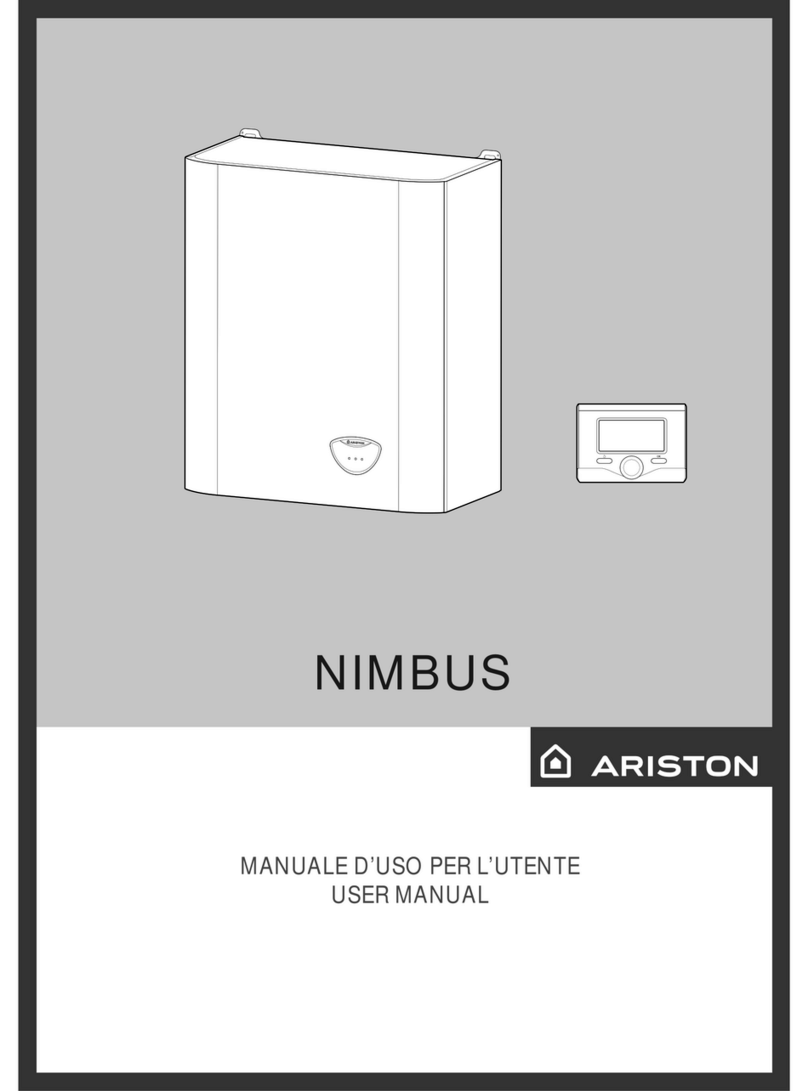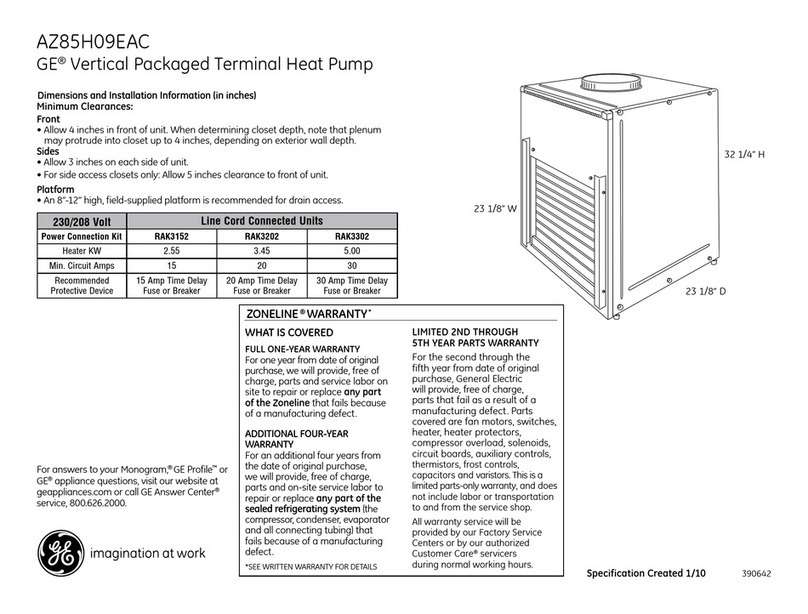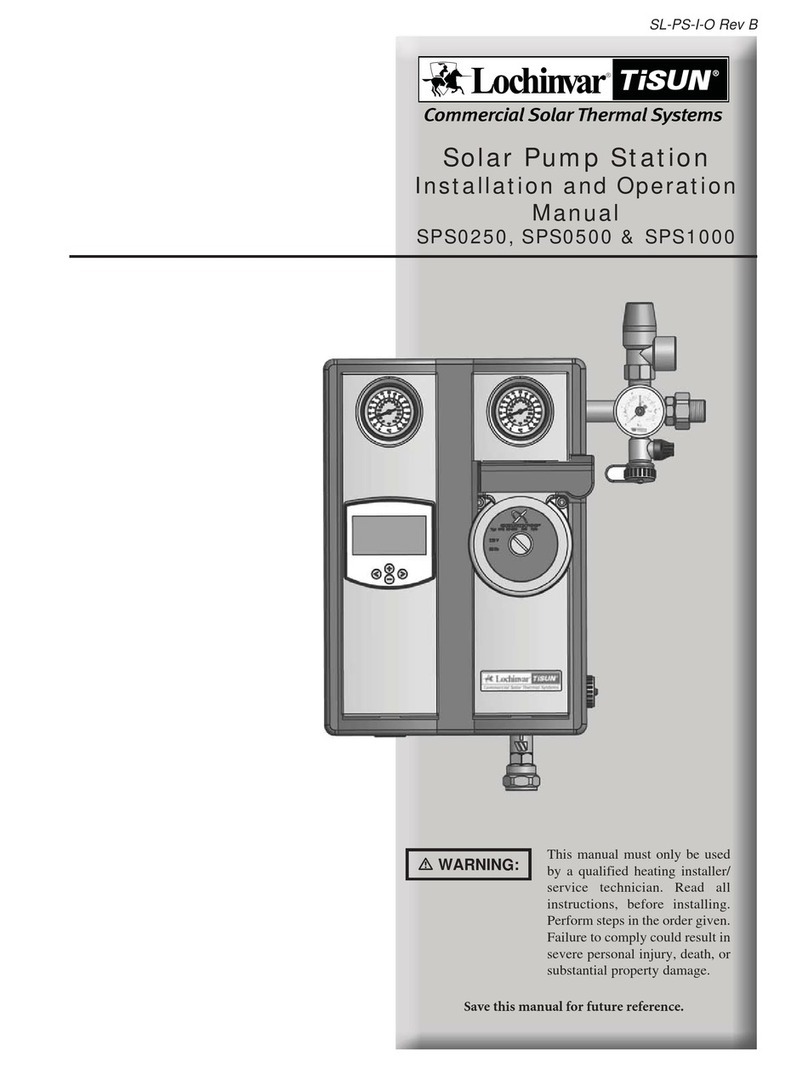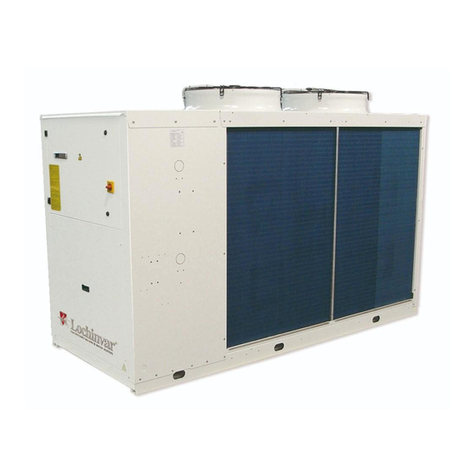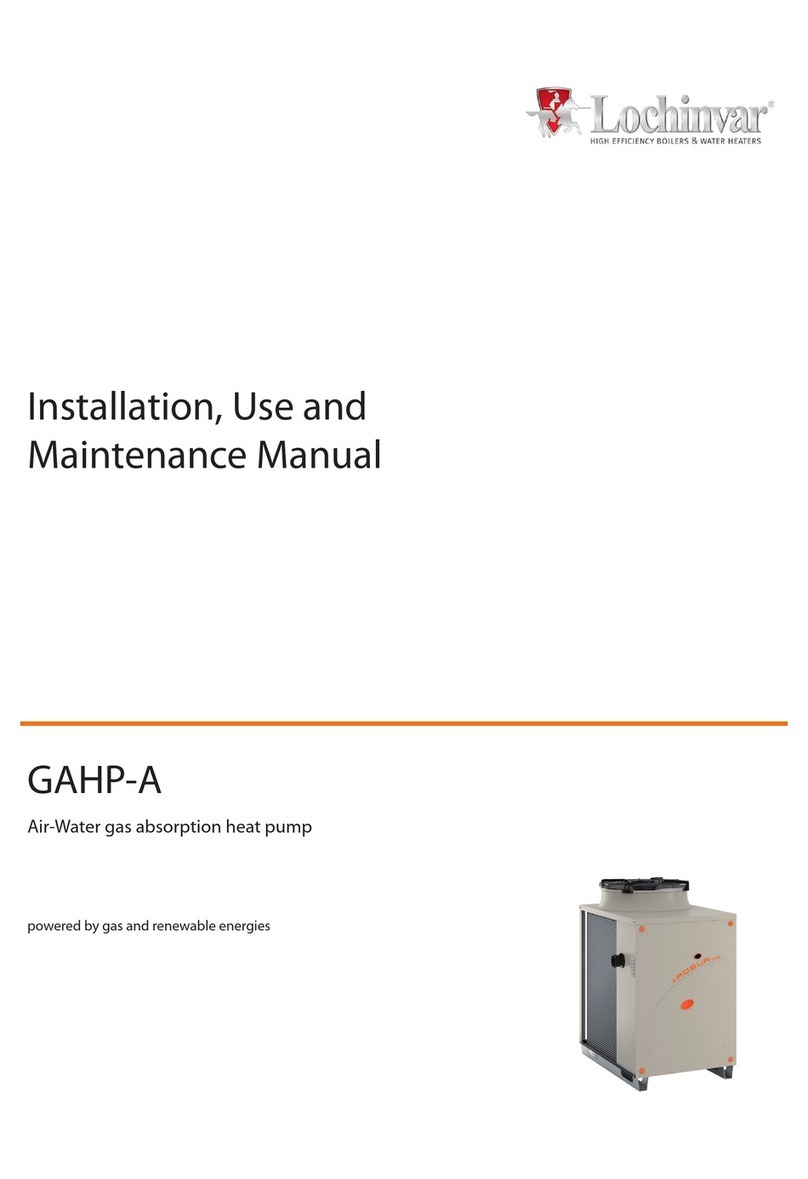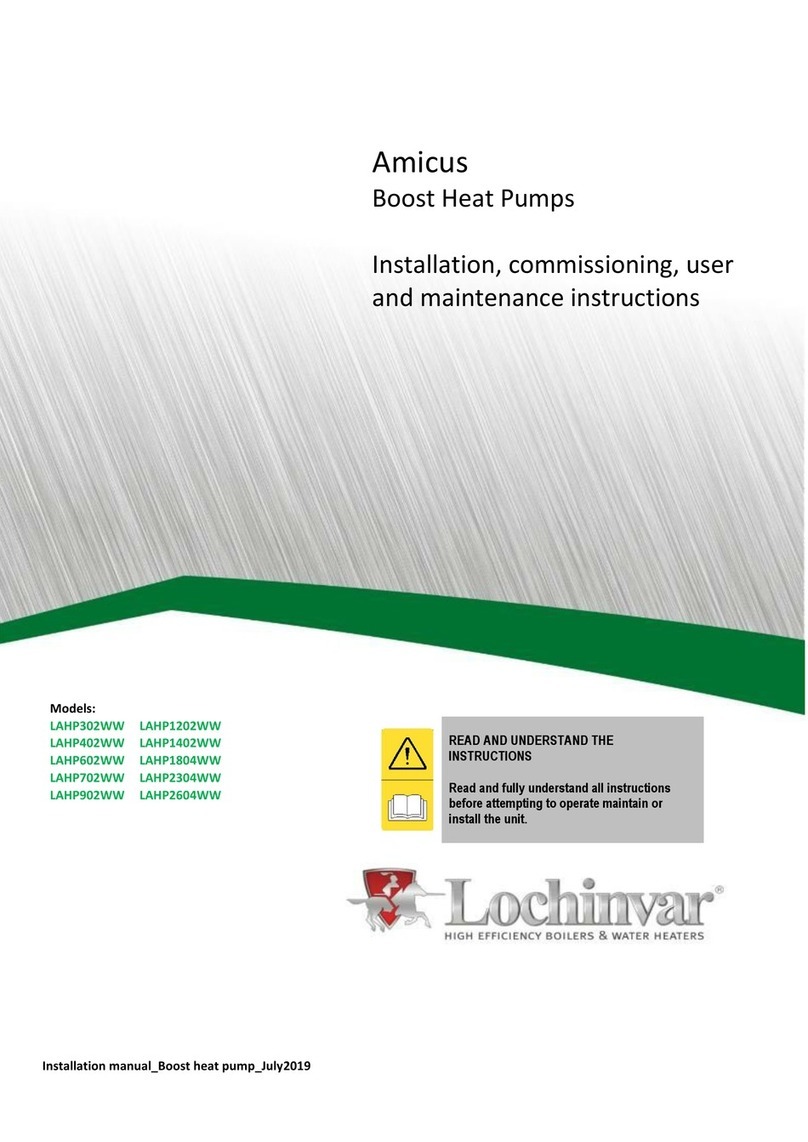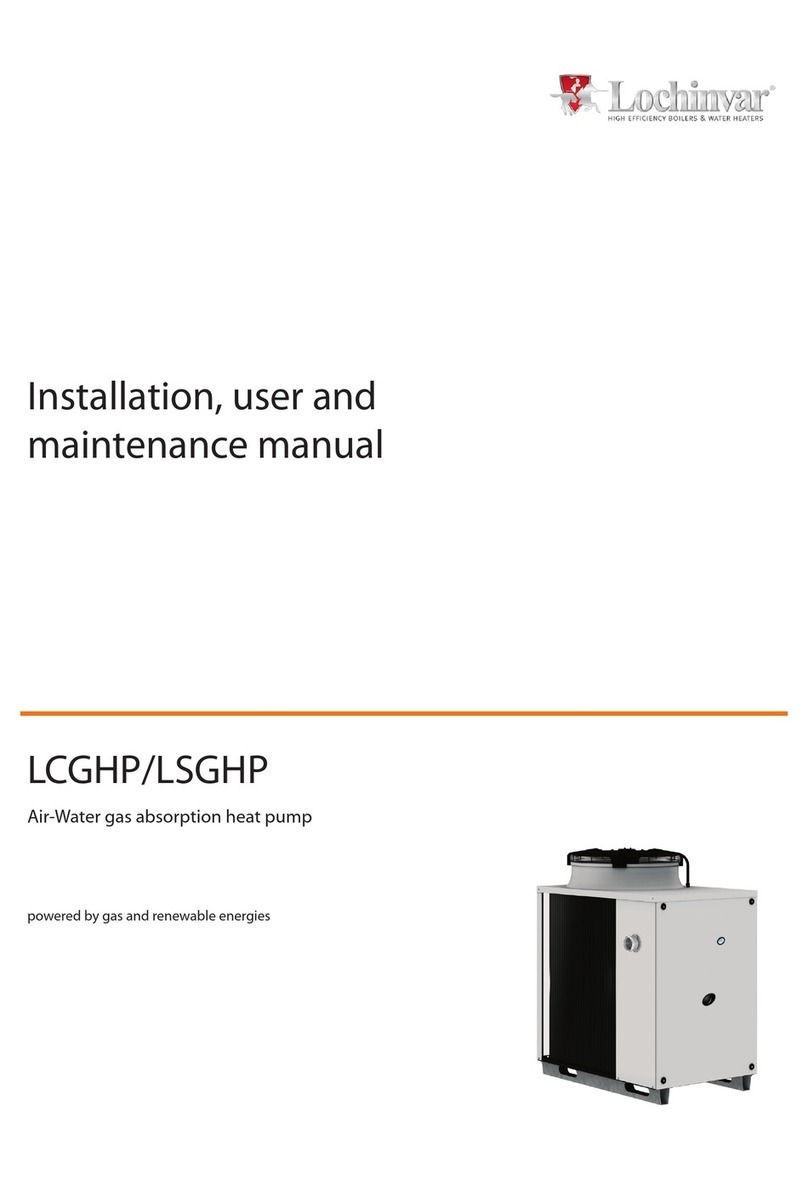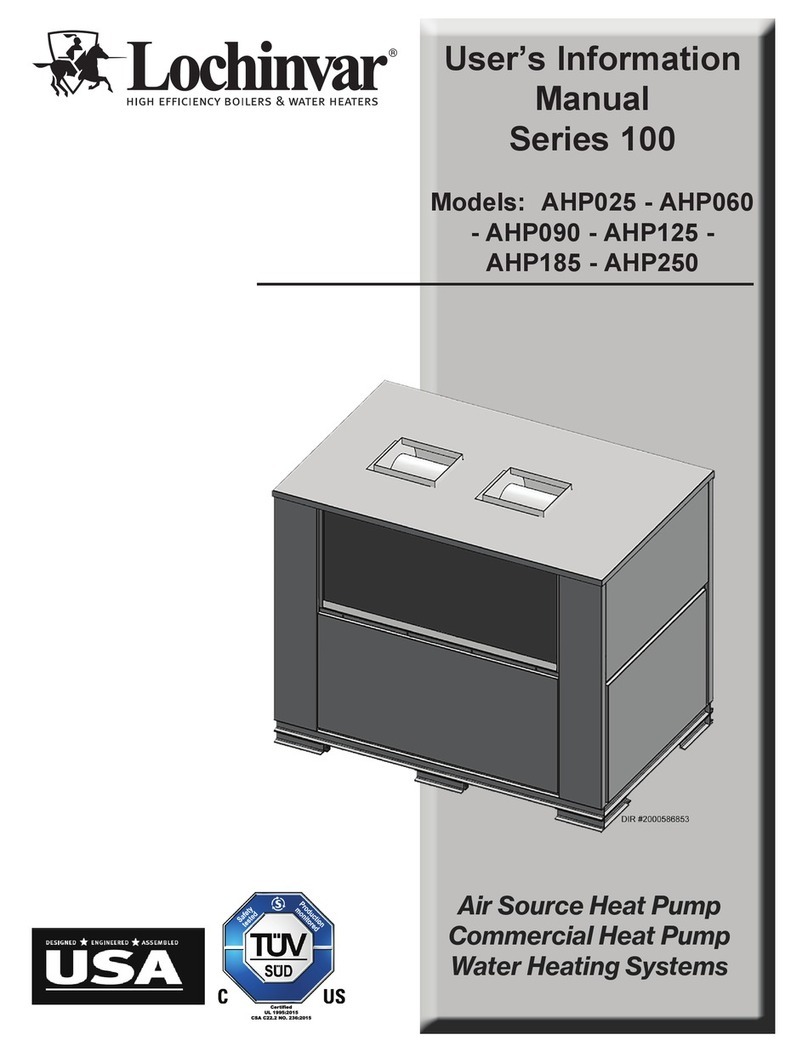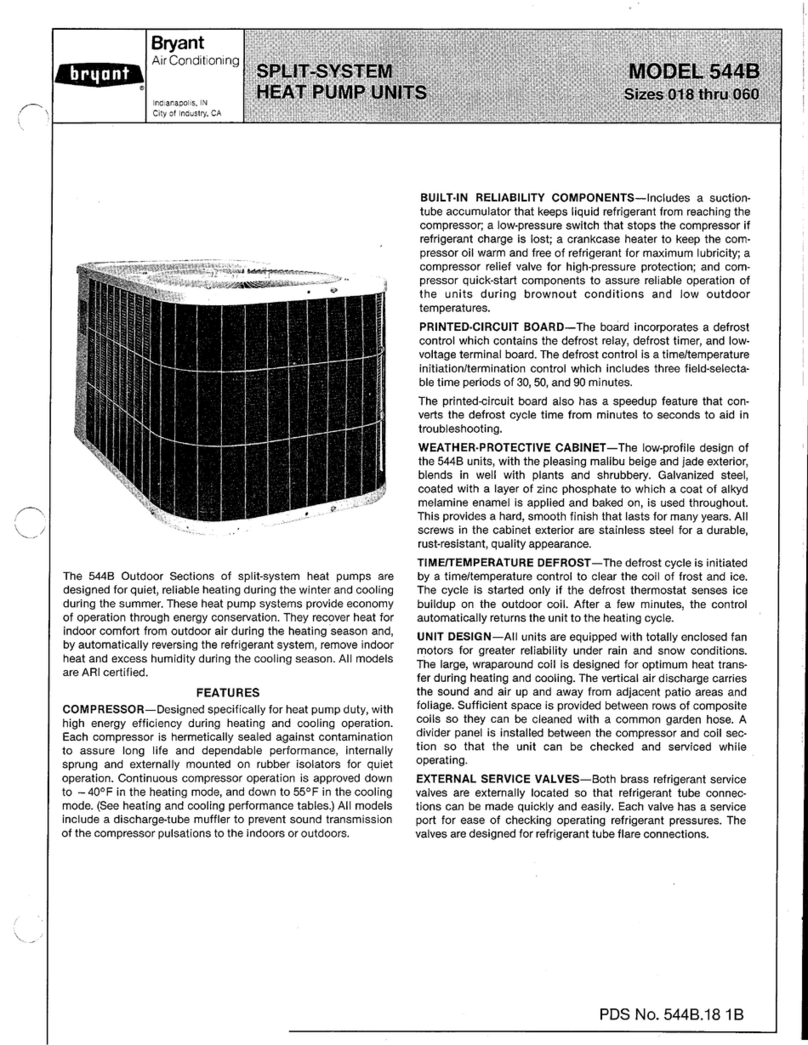3 | P a g e
1.
CONTENTS
1INTRODUCTION .................................................................................................................................................................. 5
2. SAFETY ...................................................................................................................................................................... 10
Refrigerant handling............................................................................................................................................ 10
Prevent inhalation of high vapourconcentration.................................................................................................. 11
Procedures to be adopted in the event of accidental release of refrigerant ............................................................ 11
Main Toxicological Information Regarding the Type of refrigerant used................................................................. 11
First Aid Measures............................................................................................................................................... 11
3. TECHNICAL CHARACTERISTICS........................................................................................................................................... 12
Accessories description....................................................................................................................................... 13
4. TECHNICAL DATA.............................................................................................................................................................. 15
Operational limits ............................................................................................................................................... 16
Domestic hot water production........................................................................................................................... 18
Correction tables................................................................................................................................................. 19
Sound data ......................................................................................................................................................... 20
5. INSTALLATION .................................................................................................................................................................. 21
General safety guidelines and use of symbols....................................................................................................... 21
Personal protective equipment ........................................................................................................................... 21
Inspection........................................................................................................................................................... 22
Storage ............................................................................................................................................................... 22
Unpacking........................................................................................................................................................... 22
Lifting and handling............................................................................................................................................. 22
Location and minimum technicalclearances ........................................................................................................ 24
Installation of rubber vibration dampers (KAVG).................................................................................................. 27
Serial interface card RS485(INSE) ........................................................................................................................ 27
Installation of condensate drip tray(BRCA) .......................................................................................................... 28
Hydraulic connections......................................................................................................................................... 29
Chemical characteristics of thewater.................................................................................................................. 29
Hydraulic components ........................................................................................................................................ 30
User circuit minimum watercontent.................................................................................................................... 31
Minimum domestic hot water circuitcontent....................................................................................................... 31
Filling the hydraulic circuit................................................................................................................................... 31
Emptying the installation..................................................................................................................................... 31
Typical installations............................................................................................................................................. 32
Electric connections: preliminary safetyinformation............................................................................................ 34
Electric data........................................................................................................................................................ 35
Electric connections ............................................................................................................................................ 37
USER CIRCUIT WATER INLET SENSOR (BTI)........................................................................................................... 37
USER CIRCUIT WATER PUMP ............................................................................................................................... 37
DOMESTIC HOT WATER SENSOR (BTS)................................................................................................................. 37
PRIORITY SELECTOR (Hot water).......................................................................................................................... 39
Positioning of the user circuit water inlet sensor (BTI)........................................................................................... 40
Correct positioning of the BTI sensor................................................................................................................... 40
Positioning of the domestic hot water circuit sensor (BTS) .................................................................................... 40
Refrigerant circuit layout..................................................................................................................................... 41
6. UNIT START UP ................................................................................................................................................................. 43
Preliminary checks .............................................................................................................................................. 43
Before start-up.................................................................................................................................................... 43
Device Set-point DifferentialReset ...................................................................................................................... 44
Controls during unit operation............................................................................................................................. 44
Position of the controlpanel................................................................................................................................ 45
To remote the control.......................................................................................................................................... 47
Switch the unit on ............................................................................................................................................... 48
Switch the unit on from digital input.................................................................................................................... 49
Stop.................................................................................................................................................................... 49
Set point ............................................................................................................................................................. 50







